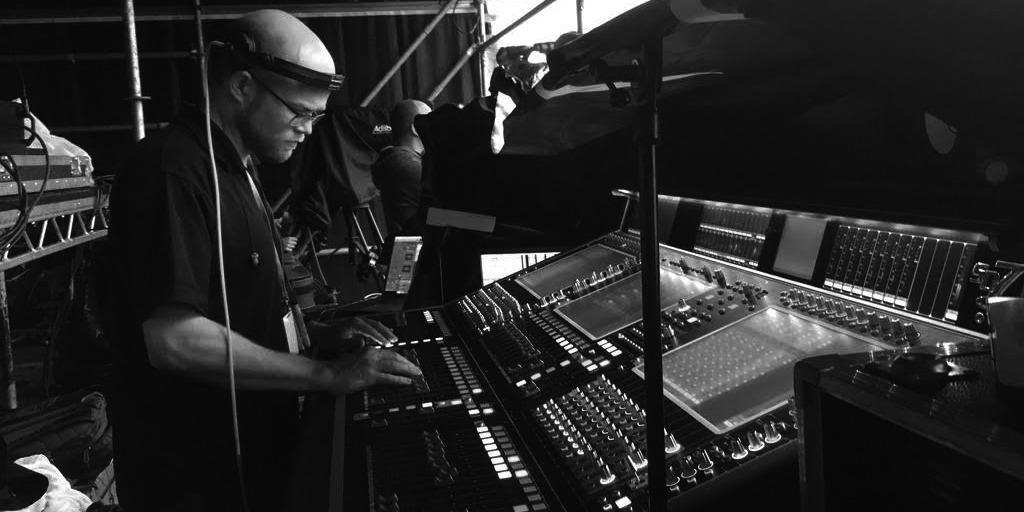
With such a prominent element of your mix, getting the compression right is critical. To make each passage sound punchy and clearly audible above the rest, you need to reduce the dynamic range with compression. Studio vocals need to soar above the mix with every detail in focus. Use compression to control the dynamicsĪfter a basic pass of automation, your tracks are ready for the next step-compression. If you have a control surface, you can even ride the fader as you listen to draw in the automation curve-just like back in the analog days! 3. Stop and make gentle adjustments where you feel like the vocal is too powerful or too quiet. Play the unprocessed vocal through and listen to how loud it seems. This way you can control your levels before they hit the next insert. Instead of automating the fader, make level changes in line by automating the gain plugin. Vocals can be as soft as a whisper or as loud as scream-often within the same track. To automate the level of the signal before it hits the rest of your processing, insert a utility plugin first in the chain.
The art of mixing live sound manual#
But you can get even better results from your compressors if you do a bit of manual control first.

The main tool you’ll use to control the dynamic range of a vocal track is compression. They can be as soft as a whisper or as loud as scream-often within the same track. Vocals are one of the most dynamic sources you’ll deal with when recording music. Even out your levels with pre-fader automation It’s during these phases that you’ll choose the best moments of each take to create a composite performance and remove any clicks, pops or artifacts that are distracting from the song.Ĭheck out our guide to brush up on the basics of audio editing if you need help getting started with this step.įinally, address any performance issues with pitch correction to tighten up your composite take if needed.Ģ. That means making sure your tracks are ready before the process of mixing vocals even begins.Įditing and comping are essential music production tasks that help create the sound of finished studio vocals. When it comes to vocals, you need good raw material to get good results.
The art of mixing live sound how to#
In this article I’ll explain how to turn raw tracks into finished vocals in 7 steps. But you can get a great studio vocal if you understand the basic techniques used in vocal production. From songwriting to mastering, every part of the process is important.īut mixing is where you’ll apply the processing that contributes most to your vocal sound. Modern tracks demand vocals that sound big, bold and flawless.Īchieving this highly polished sound takes a lot of careful attention. Mixing vocals is one of the most important tasks in music production.


 0 kommentar(er)
0 kommentar(er)
